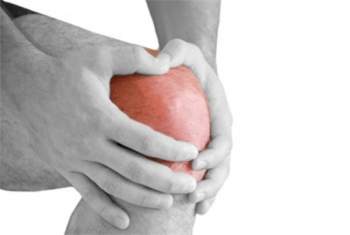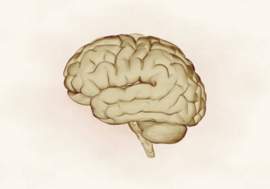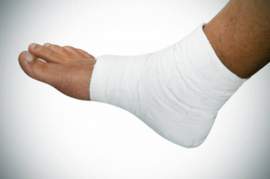
Knee Injuries

Definition of knee injuries
Knee injuries can occur either directly or in such less direct forms of stretching or twisting. The latter category for knee injuries involves the cartilage (meniscus) being pinched between the femoral condyle’s edges and the surface of the tibia, and may thus cause the knee to tear.
The former category for knee injuries can also occur when the ligament in the knee becomes stretched, and includes three possible grades in terms of the severity with which knee injuries can occur, with the first grade being the least serious and the third grade being the most. In the event of third grade stretching knee injuries, the ligament will become completely torn.
Knee injuries could also be considered to involve damage to the muscles and tendons which surround and support the knee, as might come in such specific forms as include hyperextension and hyperflexion, in either case in an acute form.
These kinds of knee injuries are also referred to as strains, and are subject to the same kind of grading system in terms of how their level of severity is identified by administering physicians. As such, third degree knee injuries of this kind can be considered to comprise those in which the muscles and tendons surrounding the knee become completely torn.
Identifying knee injuries
Knee injuries may cause varying degrees of pain and difficulty for the individual affected based on the specific cause for the injury, and might appear either immediately after the specific cause for knee injuries has occurred or after a longer period of time. “Non-classical” knee injuries can occur particularly when more than one part of the knee has been injured. When the rate for knee injuries to occur extends up to a period of several hours, then the ill-effects may have been caused by damage to the cartilage in the knee.
Knee injuries which are considered acute come in two main, possibly applicable forms. As such, the distinction between the two kinds of possible knee injuries can be made with reference to the symptoms involved and the speed with which they develop and appear. Acute knee injuries, in this regard, can either involve symptoms which do not greatly impair mobility, do not involve much swelling, and are more likely to involve localized, rather than general, pain, and pain more toward the level of an uncomfortable, rather than fully painful, sensation.
Treatment for knee injuries
Knee injuries will generally require more than a single session of consultation with or treatment by a medical professional in order to be fully addressed. Generally, a RICE (Rest-Ice-Compression-Elevation) regimen will be extended to people who have suffered knee injuries.
In addition, PT (physical therapy) and other kinds of exercises aimed at restoring strength to the affected individual will also typically be extended to the affected individual. Surgical operations can be made available, depending on the severity of the knee injuries involved, in order to address the long-term potential for discomfort and debilitation.
NEXT: Medical Malpractice





















